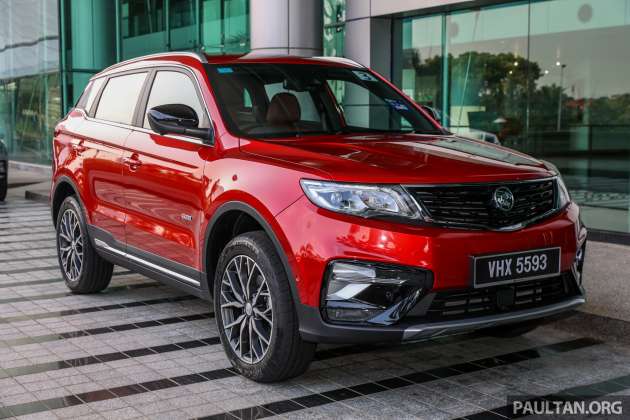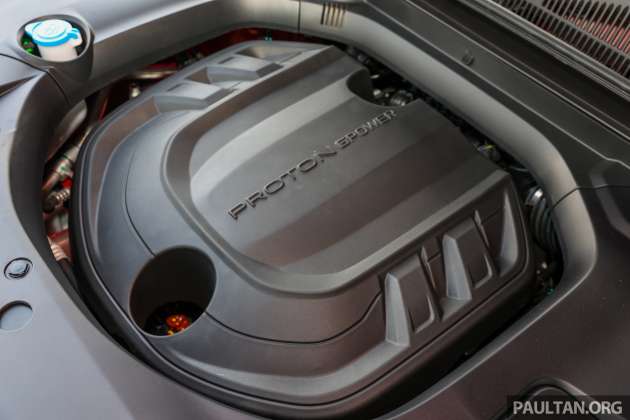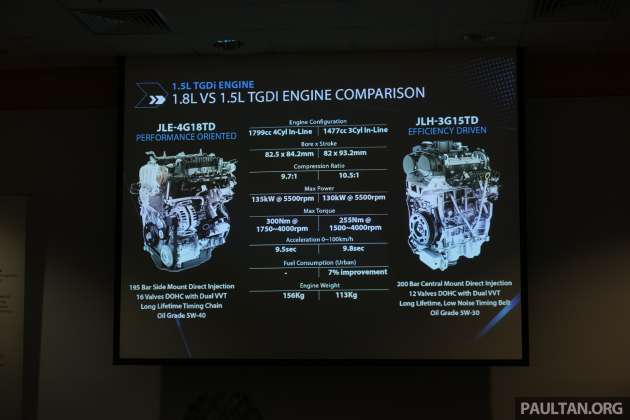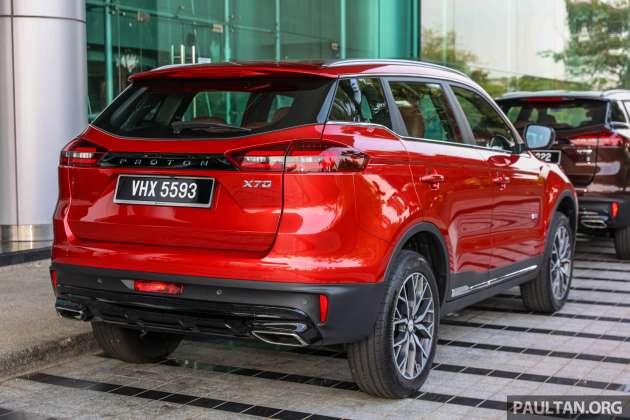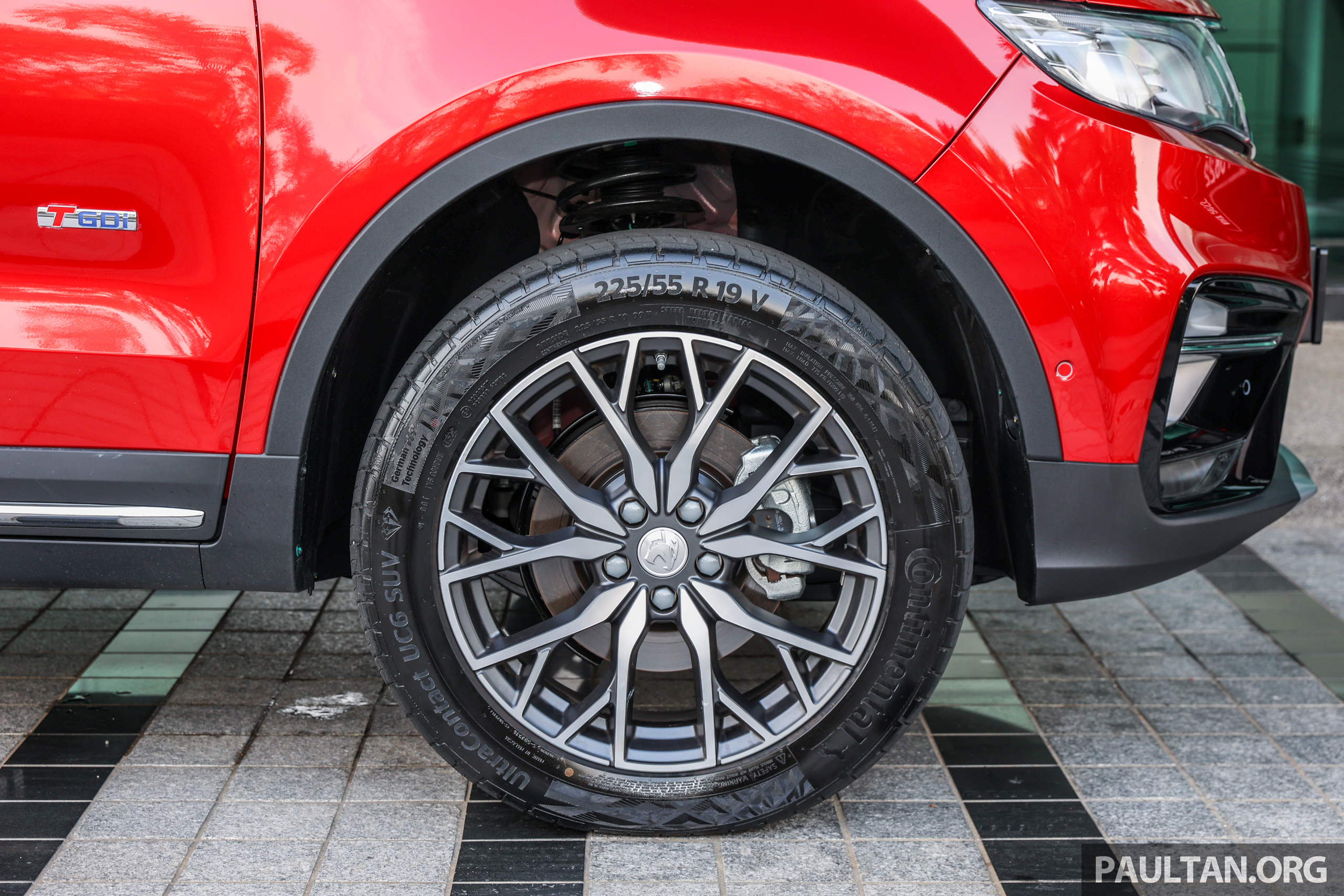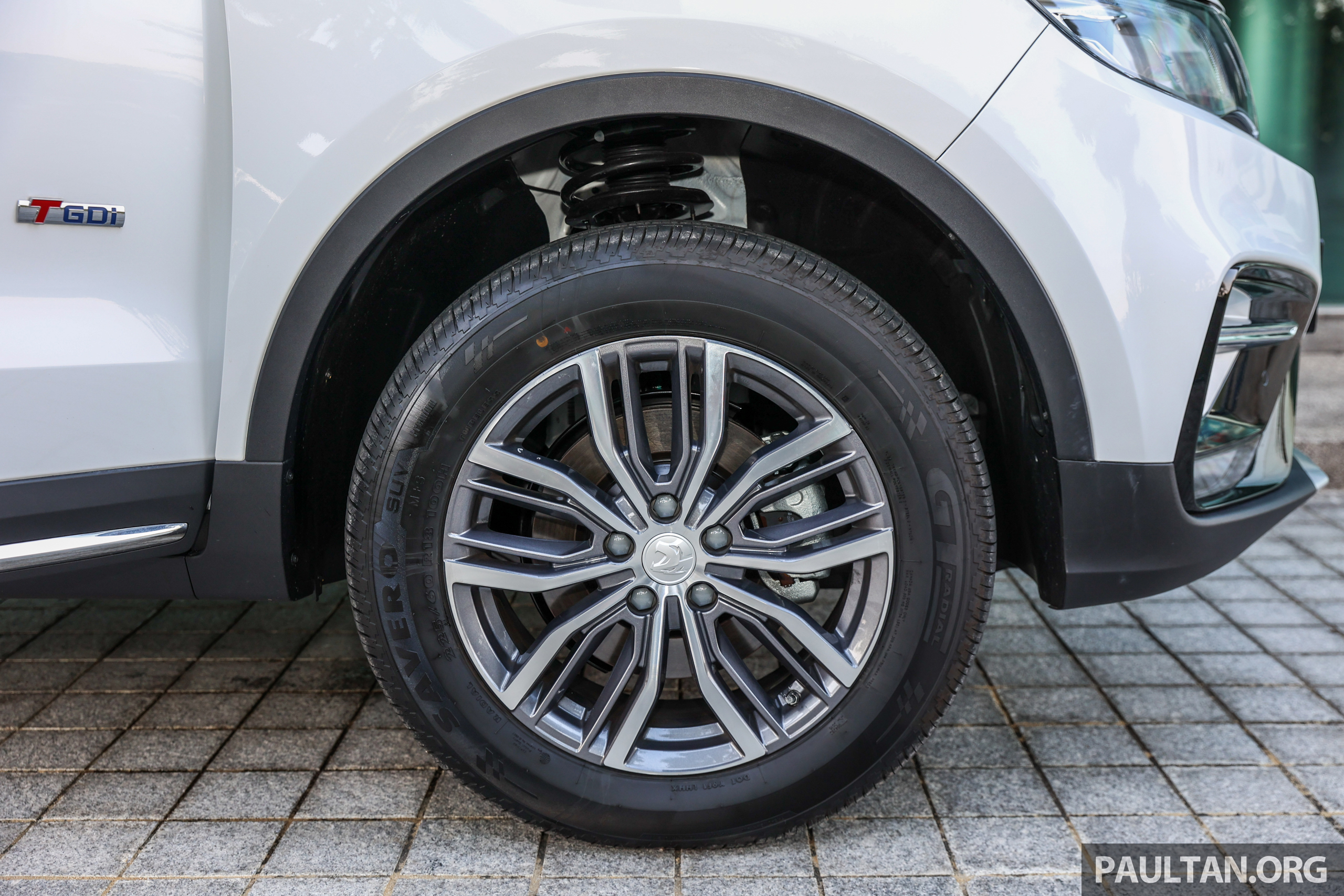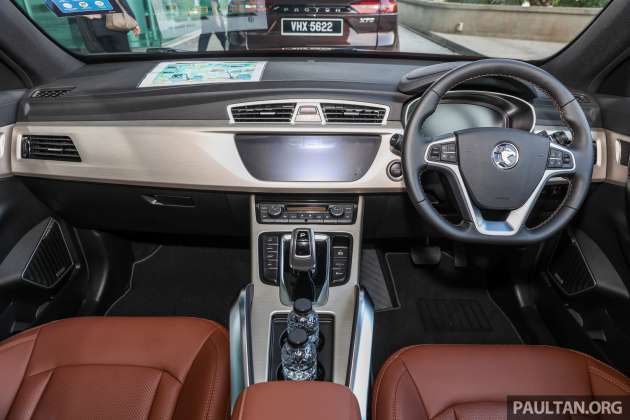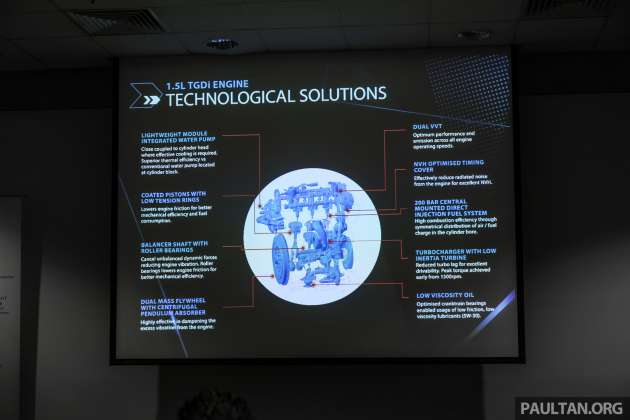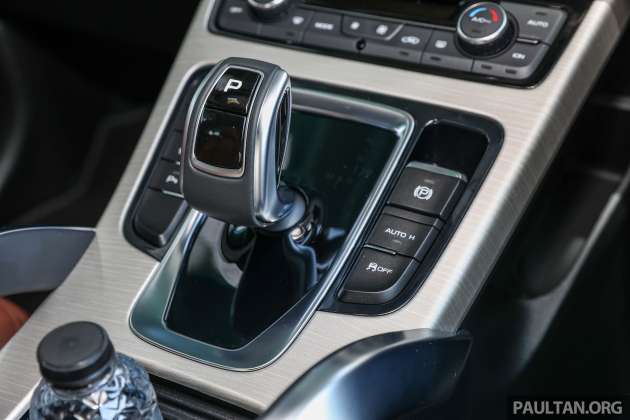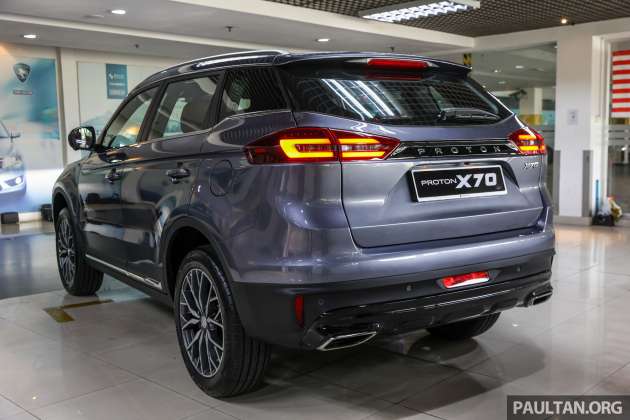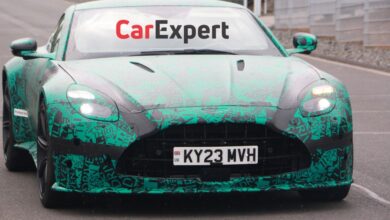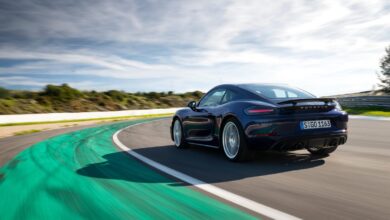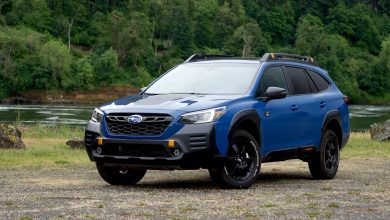REVIEW: 2022 Proton X70 MC with X50’s 1.5 litre turbo 3-cylinder, priced from RM94k to RM122k in Malaysia
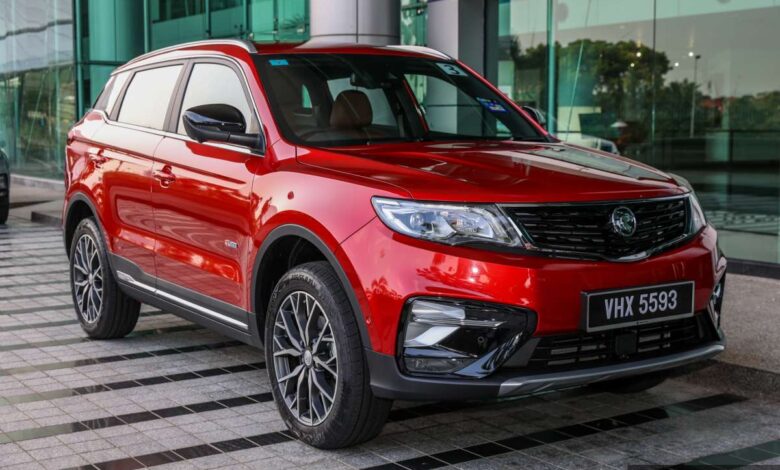
No one car has done more to change Proton’s perception overnight than the X70. The first product of the national carmaker’s collaboration with Geely, it pushed the boundaries of how much buyers would pay for a Proton, and in one fell swoop it redefined the SUV market in Malaysia.
I still remember the first time I snagged the keys to the flagship crossover. That China could build handsome, well-built cars was a given even back then, but I didn’t expect to be blown away by plush ride quality and whisper-quiet refinement. Till this day, the X70 embarrasses cars that are twice, even three times the price, whether you’re pottering on a pockmarked city street or cruising on a highway.
It’s hard to believe that was four years ago, and it seems that customers have taken a shine to it too – over 70,000 units of the X70 have found homes since the late-2018 launch. Niggling reliability concerns and the obvious parts shortages have dulled the sheen somewhat, but the car remains a popular seller.
Which is why it’s concerning that Proton is now altering the recipe. Out goes the torquey, silky-smooth 1.8 litre turbocharged four-cylinder engine, replaced by the 1.5 litre triple from the smaller X50. Three-pot mills aren’t exactly the last word in refinement, so can the new 2022 X70 replicate its uncanny premium car impression with one fewer cylinder? We head out for a short test drive to find out.
X50 engine brings less torque but is also lighter and more efficient
This is technically the second minor change (MC) that Proton has put the X70 through. The first was when it introduced the CKD model in early 2020, back when COVID-19 was a distant but looming sceptre in people’s minds. The start of local assembly coincided with a series of thoughtful upgrades, not least of which was a new seven-speed wet dual-clutch transmission, developed by Geely and Volvo.
For 2022, Proton completed the powertrain overhaul by finally bringing over the X50’s engine to replace the old 1.8 litre unit – something it has done for export markets first. The three-pot is arguably a better fit for the gearbox, being designed for it as part of the same Sino-Scandinavian collaboration.
By now, you’ll be familiar with the mill, which displaces 1,477 cc and has an undersquare design for better low-end torque. The version used in the X70 has direct injection as standard and produces 177 PS at 5,500 rpm, which is 7 PS lower than what the 1.8 litre makes. The key stat that will worry customers is torque, which has fallen by a considerable 45 Nm to 255 Nm from 1,500 to 4,000 rpm.
Proton contends that the peak figure is made lower down, but the difference is only 250 rpm, so it’s not exactly night and day. At least the weight saving is decent – dropping the cylinder has shaved 43 kg from the engine itself. But it’s not enough to offset the lower outputs, as the 9.8-second zero-to-100 km/h acceleration time (three tenths of a second slower than the 1.8 litre X70) suggests.
The national carmaker is also claiming a seven per cent improvement in fuel economy; while no exact figures have been released, we can use the claimed 7.6 litres per 100 km figure for the 2020 X70 to come at an estimated 7.1 litres per 100 km. More than anything else, this is what buyers will be most interested in, and it should appease those who balk at the 1.8 litre’s relative thirst. The reduction in road tax helps too, of course.
As per its application in the X50, the 1.5 litre benefits from several measures to reduce noise, vibration and harshness, including a balancer shaft and a centrifugal pendulum dampener on the dual-mass flywheel to compensate for the three-pot’s inherent imbalance. There’s also a specially-designed timing belt cover, as well as a sound-insulating soft polyurethane engine cover that’s unique to the X70 1.5.
1.8 litre engine still available, all-wheel drive option reintroduced
Not convinced? Don’t worry, you’ll still be able to purchase the 1.8 Premium, which is effectively the old Premium X model (replete with the panoramic sunroof) with the minor aesthetic tweaks that we’ll detail later. All models get the same DCT, albeit with a retune on the 1.5 litre variants.
Proton has also responded to customer feedback, reintroducing the all-wheel-drive system that was ditched in 2020 due to low sales. As before, however, the all-paw model comes only in mid-range Executive trim, meaning that it misses out on the X70’s available driver assists, all of which are again exclusive to the Premium models.
The rest of the NVH package is identical to the outgoing X70, as is the chassis tuning. A company official told me that the 2020 model’s mild suspension revamp took into account the lighter weight of the new engine, so no additional changes were needed for the new car.
Minor colour changes, new wheels do little to disguise age
Also pretty much unchanged is the rest of the X70, with the 2022 model receiving a few aesthetic tweaks that are little more than colour changes to specific parts. Proton has held off on a proper facelift, despite its twin, the Geely Boyue, having gone under the knife twice in China (Boyue Pro/2022 Boyue and Boyue X) since the Malaysian version was launched.
There are no new body panels, although the components that were previously matte grey (the Infinite Weave grille bars, front bumper corner “rings”, rear number plate garnish and decorative rear skid plate) are now finished in gloss black. The sole exception is the chin spoiler at the front, which appears to be painted in a brighter matte silver.
So too are the inserts for the air curtain inlets, which is a curious choice, as it gives them a slightly unfinished look and draws undue attention to the small slits for the air to enter. The surrounding trim is also painted in gloss black instead of body colour, while the door mirrors are finished in metallic Quartz Black – both of these are carried over from last year’s SE.
Finally, there are the two new wheel designs, both lifted from the Boyue Pro. The intricate 19-inch alloys on the 1.5 and 1.8 Premium are familiar and come from the SE, but the 18-inch rollers for the Executive have not been seen here before – they are certainly more distinctive than the previous turbine-style items.
Overall, however, the X70 appears different, though not necessarily newer or better. It’s still a good-looking thing, but even though this is one of the newer models in Proton’s stable, the fact that its other siblings have had a facelift (or two) since its introduction means it’s already starting to look a little long in the tooth.
Interior gets black headlining but is otherwise untouched
It’s the same story on the inside, which has been left practically unchanged save for a black headliner that helps give the cabin a sportier look, although some customers will likely miss the airiness afforded by the previous beige liner. There’s no new trim nor any improvements to the infotainment system, which retains the eight-inch touchscreen and the original Geely Key User Interface (GKUI) – no GKUI 19 or ATLAS here.
To be fair, this is still an incredibly well-made interior, with plenty of classy materials that include metal-like trim, soft-touch plastics and, on the Premium models, expensive-feeling Nappa leather. But for years, Malaysians have had to watch from afar as other countries received larger touchscreens and comprehensive cabin redesigns in their Boyues and Azkarras, and the MC would’ve been the perfect opportunity to bring the X70 back up to date. Proton says there is a facelift in the works; it can’t come soon enough.
Nevertheless, this car still has one of the best cabins in the class, besting rivals in terms of perceived quality and standard equipment. You also get the usual X70 strengths, which include a commanding driving position, excellent rear legroom and a decently sized – if slightly shallow – boot.
One major disappointment is that advanced driver assistance systems (ADAS) remain the preserve of the Premium variants. Proton’s (or perhaps Geely’s) all-or-nothing approach is particularly galling considering that the much-cheaper Perodua Ativa comes with autonomous emergency braking at the bare minimum.
The suite of active safety features is unchanged and includes AEB (crucially, without pedestrian detection), adaptive cruise control (without a stop-and-go function), lane departure warning (no steering intervention) and blind spot monitoring. As such, the X70 continues to fall behind the less expensive X50, which offers Level 2 semi-autonomous driving functions such as lane centring assist.
Same refined driving experience, only not quite as effortless
First, a proviso. We were only treated to a short preview test drive, covering the fifty or so kilometres from the Centre of Excellence showroom to Kundang in Rawang. A full review will follow once we’re able to take the car out for a longer period, but this taster is enough for us to put the new engine through its paces.
The good news is that on first blush the three-pot hasn’t compromised the X70’s well-mannered nature. The level of sound isolation built into the car keeps noise levels low – so low, in fact, that most of the time you won’t hear the engine. Coupled with the remarkable lack of vibration and the result is that in everyday driving the new X70 is nigh-on indistinguishable from the outgoing model.
It’s only when you apply a bit more throttle that you start to hear the mill. The engine note is a little louder than before and you’ll be able to distinguish the trademark three-cylinder rumble – even though it’s less distinct than the racket made by a few other triples – over the four-pot’s characterless hum. But it’s not exactly unpleasant and the X70 is still markedly quieter at full pelt than many of its rivals.
You’ll have to hear the engine more, however, because the shortfall in torque does make itself known whenever you need more oomph, such as when overtaking. Whereas in the old car you’d be happy to surf the wave of low-end pull, the new model takes a fair bit more effort to get up to speed – you’ll have to dig deeper to access the latent performance.
This isn’t helped by the slightly lazy gearbox, which displays traits that are the opposite to most DCTs, slurring shifts and taking its sweet time to respond to prods of the throttle. That wasn’t such a bad thing with the torquey 1.8 litre engine (in fact, it actually suited the mill’s easygoing nature), but the 1.5 litre unit’s relative lack of twist exposes the transmission’s shortcomings more clearly.
I’m nitpicking here, obviously – this is still an agreeable engine and gearbox combination, and the X70 is still not exactly slow. I should point out that the aforementioned sluggishness is only noticeable if you’ve spent a lot of time with the old car, as I have.
You see, I actually have one in the household – my mother took delivery of a 1.8 Premium in earlier this year after I recommended her to buy one. That’s because the X70’s remarkably pliant ride and almost total absence of road, wind and powertrain noise genuinely set it apart from the competition, and those attributes were on full display even during this brief encounter.
So too was the car’s safe, competent but ultimately anodyne handling, the considerable body roll and numb steering actively discouraging any form of spirited driving. Enthusiasts who miss Proton’s legendary ride and handling prowess might be turned off by this, but the relaxed demeanour is entirely in keeping with the SUV’s remit of soothing nerves and soaking up highway miles.
Verdict: As capable as ever, but needs bigger updates elsewhere
There’s no doubt that the X70 will remain in high demand, especially for those looking for a premium car experience on the cheap (even though prices have gone up quite a bit). Crucially, the change in engine hasn’t come at the expense of the big SUV’s likeable characteristics, and the improved fuel efficiency will only help its popularity among urbanites and high-mileage drivers alike.
But there’s also also an inescapable feeling that Proton could’ve gone further with this refresh, even by the standards of the company’s typically mild MC exercises. Four years is quite a long time in automotive circles, so the fact that the company appears content with simply applying black paint to random body panels and calling it a day seems like a missed opportunity. The aforementioned parts shortages will also give buyers pause, although Proton is working harder than ever to resolve the situation.
Be in no doubt, however – facelift or not, the X70 continues to be one of the strongest offerings in its price range, and you can do much worse than to put it on your shortlist.
The 2022 Proton X70 is now on sale in Malaysia, with pricing starting at RM93,900 for the 1.5 TGDi Standard and topping out at RM121,800 for the 1.8 TGDi Premium.
GALLERY: 2022 Proton X70 1.5 TGDi Premium
GALLERY: 2022 Proton X70 1.5 TGDi Executive AWD
